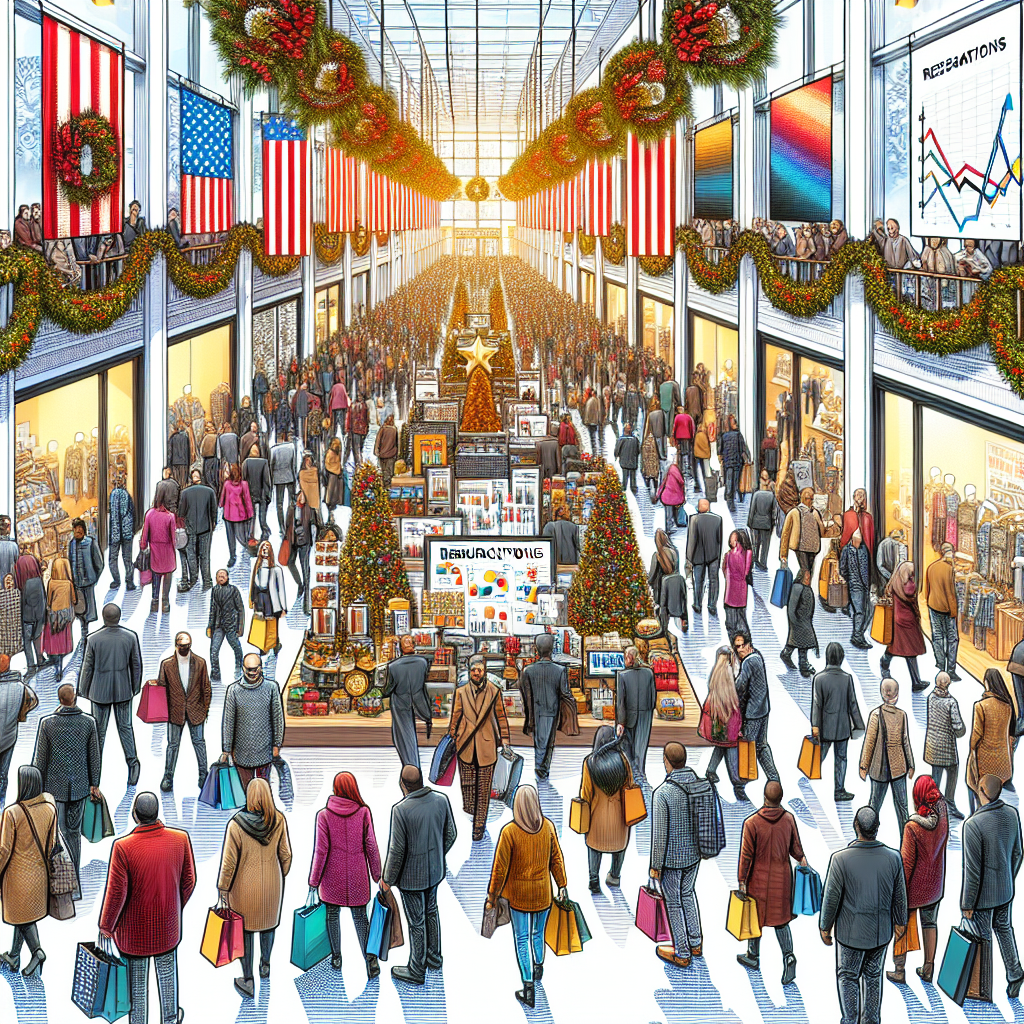Despite the uncertain economic outlook in the United States and the continued cost pressures from import tariffs, this year’s Thanksgiving and “Black Friday” shopping season have kicked off with strong momentum. Data from multiple research institutions indicate that American consumers are maintaining their spending strength under discount incentives, with online sales reaching new highs and retail foot traffic surpassing pre-pandemic levels.
According to data released by Salesforce on Thursday, online sales on Thanksgiving Day in the United States are expected to grow by 6% compared to last year, reaching $8.6 billion. As of 2 p.m. Eastern Time, Thanksgiving spending in the U.S. has increased by 5.8% compared to the same period last year, totaling $2.6 billion.
Thanksgiving along with “Black Friday” and “Cyber Monday” that follows are the most critical moments for the U.S. retail industry in a year, typically contributing around one-third of the annual profits.
The peak of online shopping on Thanksgiving in the U.S. usually occurs between late evening and midnight Eastern Time. Salesforce estimates that global online sales on this year’s “Black Friday” will reach $78 billion, with the U.S. market accounting for around $18 billion.
According to a survey by the National Retail Federation (NRF), about 186.9 million Americans are expected to shop between Thanksgiving and Cyber Monday, an increase of approximately 1.9% from last year’s 183.4 million, setting a new high for the same period in recent years.
NRF estimates that holiday season sales in November and December this year will range between $1.01 trillion and $1.02 trillion, with an expected growth rate of 3.7% to 4.2%, slightly lower than last year’s 4.8% but still considered healthy growth.
Mastercard’s statistical data also projects a 3.6% increase in holiday sales in the United States this year.
Previously, the Conference Board announced that the consumer confidence index for November dropped to 88.7 points, a monthly decline of 6.8 points, not only below economists’ expectations but also hitting the lowest point since President Trump announced tariff measures in April this year.
However, retail industry executives point out that shoppers are still enthusiastic about spending.
“Clearly, the external environment is full of uncertainties,” said Michelle Meyer, Chief Economist at Mastercard. “Certainly, consumers feel uneasy. But as of now, it seems that this hasn’t changed how they approach shopping activities for this season.”
Major shopping malls and real estate developers in the U.S. also note a significant increase in foot traffic over the November weekend, with the “Mall of America” even stating that pre-Black Friday traffic has already exceeded the pre-pandemic levels of 2019.
“We have seen a very positive start to the holiday season,” said Jill Renslow, Chief Marketing Officer of the Mall of America. “The performance over the last few weekends of November has been very strong.”
Online sales have shown remarkable strength so far. According to data from Adobe Analytics, consumers have spent $79.7 billion from November 1 to last Sunday, marking a 7.5% growth compared to the same period last year, exceeding Adobe’s earlier prediction of 5.3% growth for this season.
Despite the strong sales performance, retailers are facing challenges in the economic environment. Many retail enterprises have indicated that to avoid across-the-board price increases, several businesses have chosen to reduce hiring and absorb some of the import costs themselves. Tariffs have indeed pushed up the prices of some goods.
Market research firm Circana pointed out that in September of this year, 40% of general merchandise items had prices increased by at least 5% compared to the first four months of the year; toys have been most affected, with 83% seeing price hikes of over 5% compared to the beginning of the year, significantly higher than the 32% in June.
To attract consumers, retailers have initiated discount wars ahead of time. For instance, Walmart began its promotion activities on November 14 and will conduct them in three phases. Kohl’s even started sales on November 7.
Adobe Analytics expects discounts on online retail platforms to reach as high as 28%.

